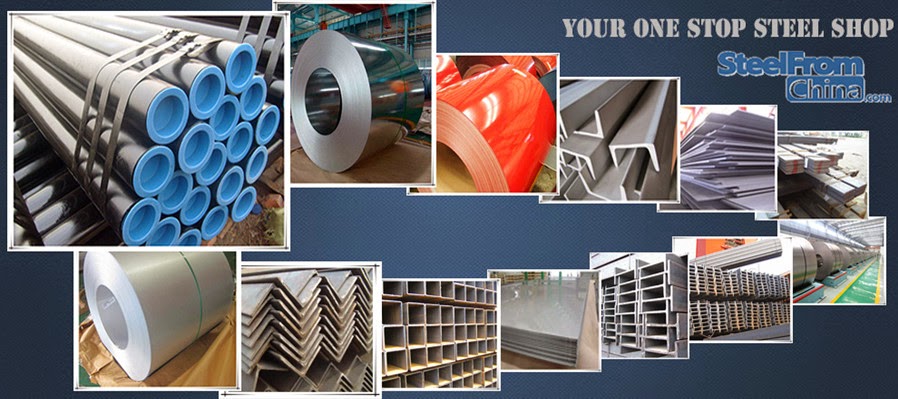Galvanized pipe has two development phases, the cold galvanized pipe and hot dip galvanized pipe. Due to the requirements of environmental protection, cold galvanized pipe has been forbidden. What we use is mainly hot dip galvanized pipe. Zinc is known as the "skin" of steel, galvanized processing cut off the contact between air and steel pipe, so under the circumstance of anaerobic, steel is not rusty, and extends the service life of steel pipe largely. Besides, Zinc oxide is more intensive to prevent further oxidation. If you keep an eye on surrounding, galvanized steel pipe is used as water pipe and gas pipe, not only for the sake of safety, but also the convenience for construction. Practical application shows that the use of galvanized steel pipe reduce the water and gas waste, since the galvanization steel tube is not easy to broke and cause water and gas leak. Galvanized steel pipe can also be used in petroleum industry; it is very sensitive in the field of detecting oil, because the anti-interference function of zinc coating is very strong. A lot of heating pipes take galvanized pipes as materials. Of course, in the respects of machinery, coal, chemical industry, automobile industry, highway, container, and agricultural machinery manufacturing, galvanized steel pipe can often be seen .At the end, for the daily life, here is a little cleaning tips, do washing off rust with dilute hydrochloric acid.
ERW pipe (Electrical Resistance welding pipe) is a welding way that by taking the electrode pressure after the work piece combination to generate heat through touching with the surface and close region of work piece, with the characteristics of high efficiency, low cost, material saving , easy automation, etc. It is widely used in water supply and drainage engineering, petroleum engineering. It also can be used as pile pipe, structural pipe in the field of bridge, docks, roads, building, etc. With the development of aerospace electronics, automobile, household electrical appliances, ERW pipes are increasingly widely noted.
Above are what we mainly introduced today. Steel pipes are with numerous categories, and it may be difficult to understand all of them. But never mind, our sales team will be patient enough to help you. So contact us if you have any questions.


